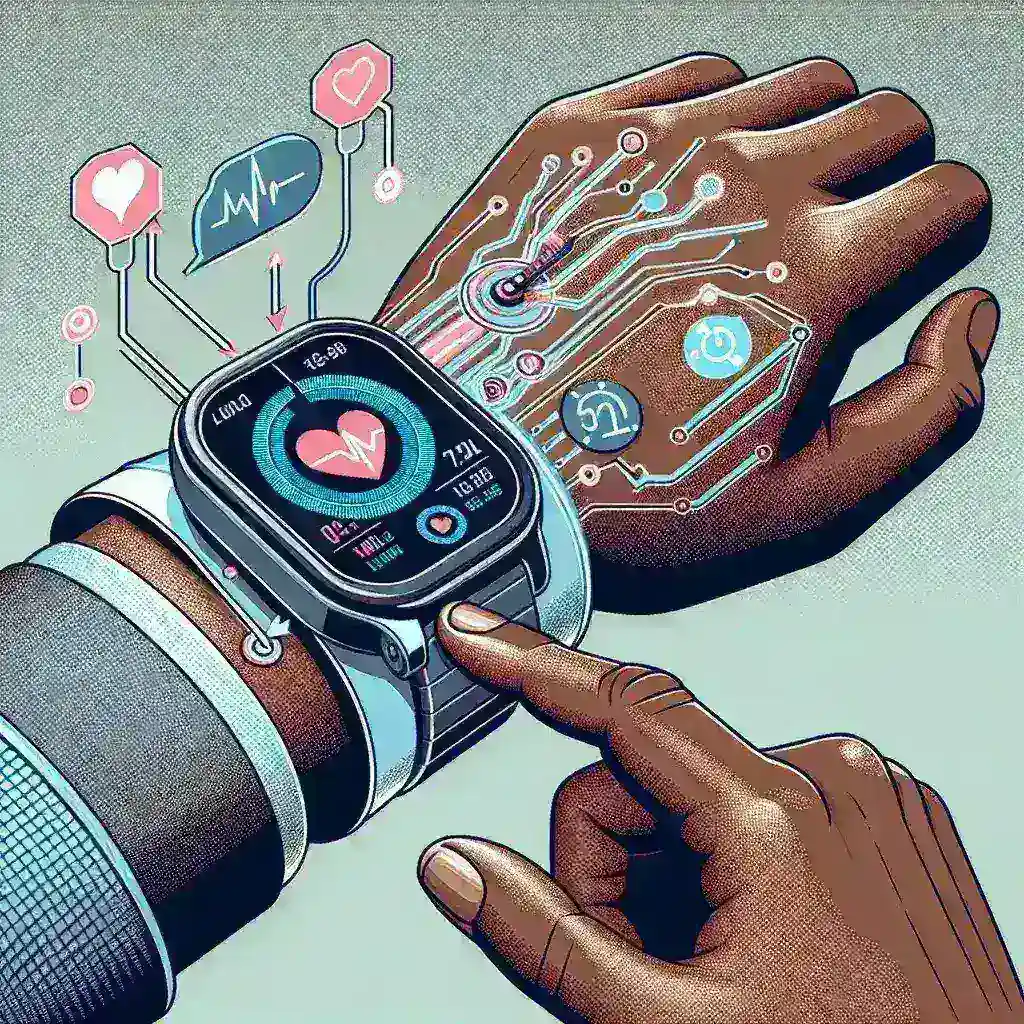Introduction
The Apple Watch has consistently pushed the boundaries of technology, merging innovation with health monitoring to provide users with unprecedented insights into their well-being. With the recent announcement of its involvement in U.S. trials for AI-powered blood pressure monitoring, the anticipation surrounding its capabilities has reached new heights. This article delves into the details of these trials, the implications of AI integration in health monitoring, and the potential future of wearable technology.
The Evolution of Apple Watch Health Features
Since its inception, the Apple Watch has been at the forefront of wearable health technology, evolving to include features such as heart rate monitoring, ECG capabilities, and even blood oxygen tracking. Each iteration has brought users closer to comprehensive health oversight, making the device not just a timepiece, but a crucial tool in personal health management.
The Need for Accurate Blood Pressure Monitoring
Blood pressure is a vital sign that can indicate the overall health of an individual, with hypertension being a silent killer affecting millions worldwide. Traditional methods of measuring blood pressure often involve cumbersome equipment and require professional assistance. The integration of an AI-powered solution within the Apple Watch aims to simplify this process, making blood pressure monitoring accessible to everyone.
AI and Blood Pressure Monitoring
Understanding the Technology
AI technology has become a game-changer in various sectors, particularly in healthcare, where it aids in the analysis of large datasets and provides insights that were previously unattainable. By leveraging machine learning algorithms, the Apple Watch can analyze individual health data, identify patterns, and provide real-time blood pressure readings.
How the Trials Work
The U.S. trials involve participants using the Apple Watch equipped with advanced AI algorithms designed to monitor blood pressure continuously. This approach not only aims to provide accurate readings but also focuses on the ability to predict potential health risks associated with abnormal blood pressure levels.
Trial Phases
- Recruitment: Participants are recruited from diverse backgrounds to ensure comprehensive data analysis.
- Data Collection: Continuous monitoring allows for the collection of extensive health data over a defined period.
- Analysis: AI algorithms process the data to identify trends and anomalies.
- Feedback: Participants receive personalized health insights based on their blood pressure readings.
Pros and Cons of AI-Powered Blood Pressure Monitoring
Pros
- Accessibility: Users can easily monitor their blood pressure without needing specialized equipment.
- Real-time Data: Continuous monitoring provides immediate insights into health changes.
- Personalized Feedback: AI algorithms can offer tailored advice based on individual data.
- Preventive Health Care: Early detection of hypertension can lead to timely interventions.
Cons
- Data Privacy: Concerns over the handling of sensitive health data remain a significant issue.
- Accuracy: While promising, AI technology still needs thorough validation for clinical use.
- Dependence on Technology: Over-reliance on devices may lead to negligence in traditional health monitoring methods.
Future Predictions for Apple Watch and Health Monitoring
The integration of AI-powered blood pressure monitoring is just one step in the evolution of health technology within wearable devices. As research continues, we can expect Apple to introduce additional features that further enhance the monitoring of various health parameters.
Expanded Health Metrics
Future iterations of the Apple Watch may incorporate even more advanced health metrics, such as blood sugar monitoring for diabetics, mental health indicators, and more. The goal is to empower users to have holistic control over their health.
Collaboration with Healthcare Providers
To maximize the benefits of AI in health monitoring, collaboration with healthcare professionals will be crucial. This partnership can ensure that the data collected through devices like the Apple Watch is utilized effectively within the broader healthcare system.
Conclusion
The Apple Watch’s role in piloting AI-powered blood pressure monitoring is a significant advancement in wearable health technology. By making blood pressure monitoring more accessible, accurate, and personalized, Apple is setting a new standard for health management. As trials progress and technology continues to evolve, the potential for improving health outcomes is immense, paving the way for a future where wearable devices are integral to everyday health monitoring.
